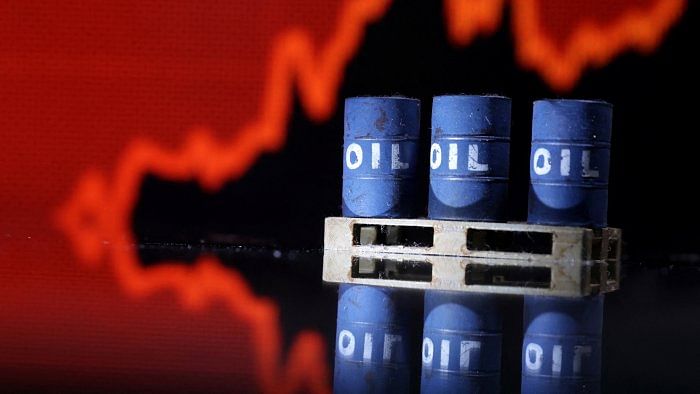
China's oil imports from Russia jumped to a record high in May, Chinese government data showed on Tuesday, as private refiners continue to snap up sanctioned ESPO and Urals crude shipments at discounts.
Arrivals from Russia totalled 9.71 million metric tons in May, or 2.29 million barrels per day (bpd). Shipments were up 15.3 per cent from 1.50 million bpd in the same month last year, according to data from the General Administration of Customs.
This represented the highest level on record, and a 32.4 per cent increase on April's figure of 1.73 million bpd.
Imports of Saudi crude totalled 7.32 million tons in May, equivalent to 1.72 million bpd, down 16.0 per cent from last month's 2.05 million bpd. Saudi Arabia had been China's largest source of crude in April.
In early April, Saudi Arabia and other OPEC+ members announced surprise further output cuts of 1.16 million bpd, to take effect from May. Saudi Arabia cut 430,000 bpd of output in May, according to a Reuters survey published at the end of the month.
Much of the uptick in demand for Russian crude has come from China's private refiners, including major players such as Hengli Petrochemical. Hengli's 400,000-barrel-per-day refinery in northeast Dalian received its first Urals shipment of 730,000 barrels in early May, alongside a total of 3.71 million barrels of ESPO over the month, according to shiptracking data.
Smaller private refiners in coastal Shandong province, known as teapots, also saw their margins enhanced by buying sanctioned cargoes from Russia, Iran and Venezuela.
Chinese refiners use intermediary traders to handle shipping and insurance of Russian crude to avoid violating Western sanctions. Customs data also showed that imports from Malaysia were 1.34 million bpd in May, up 158.6 per cent from the same period last year.
Malaysia is often used as an intermediary point for sanctioned cargoes from Iran and Venezuela. Imports from the United States more than tripled year-on-year to 2.22 million tons despite deepening geopolitical tensions, due to a brief pricing advantage over OPEC producers following the OPEC+ supply cuts.